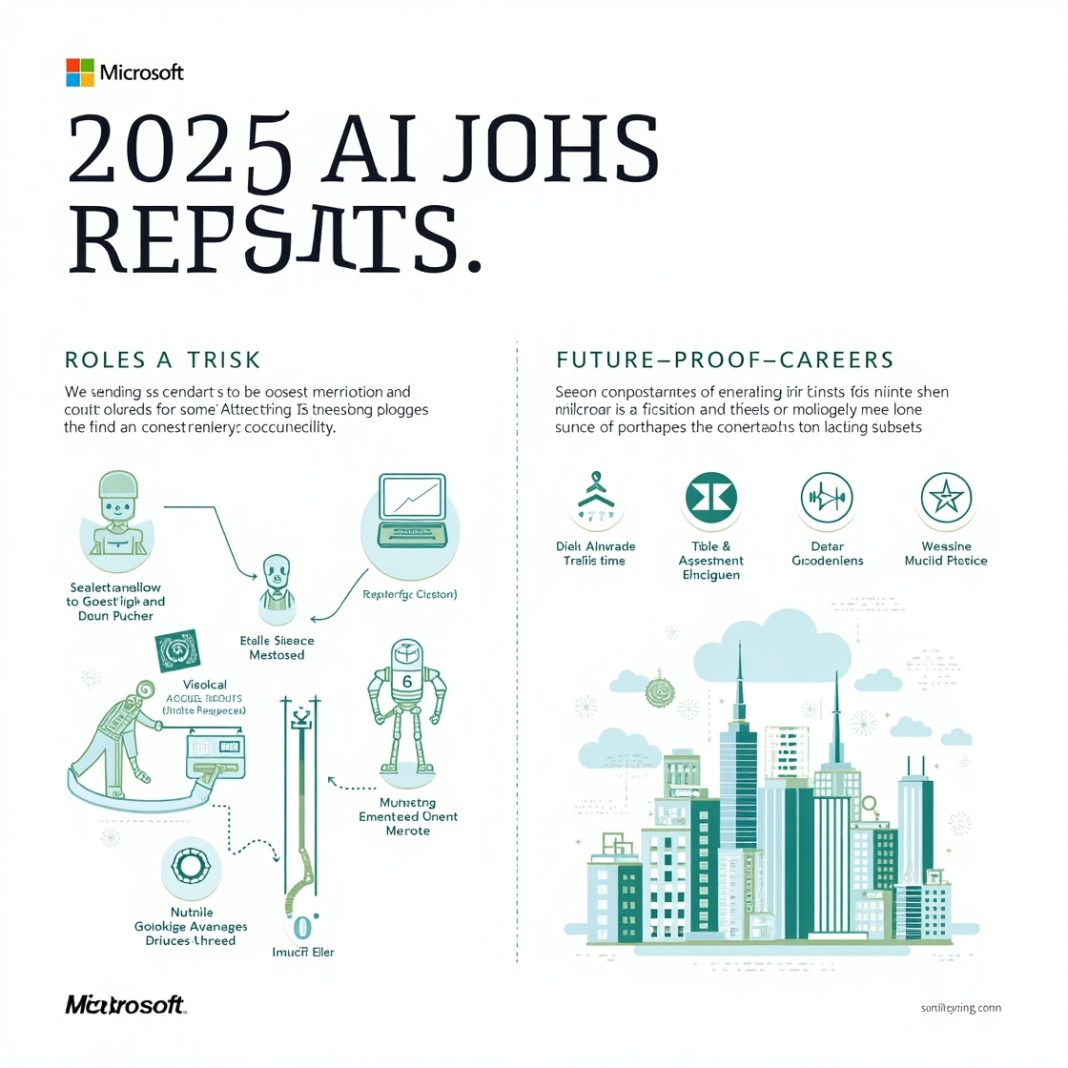Introduction: AI and the Future of Work
Artificial Intelligence is no longer futuristic—it’s here. According to Microsoft’s 2025 AI Job Report, automation will reshape millions of jobs. Some roles face decline, while others are becoming more valuable than ever.
This report doesn’t just highlight risks—it also offers a roadmap for workers to adapt, reskill, and thrive in the AI era.
What Microsoft’s 2025 AI Job Report Reveals
Microsoft analyzed global job trends, workforce data, and automation risks. The results show two key categories:
- Roles most likely to be replaced by AI.
- Future-proof careers that thrive alongside AI.
Jobs at Risk of AI Automation by 2025
Microsoft identifies several roles vulnerable to automation. These jobs rely heavily on repetitive, predictable tasks—perfect for AI systems.
1. Administrative and Clerical Work
- Data entry clerks
- Payroll processors
- Scheduling assistants
AI can now process documents, manage calendars, and handle invoices faster and with fewer errors.
2. Customer Support & Sales
- Call center representatives
- Telemarketers
- Basic help desk roles
Example: AI chatbots at Microsoft and other companies resolve thousands of support queries daily without human agents.
3. Transportation and Logistics
- Delivery drivers (short-distance)
- Warehouse pickers
- Dispatch coordinators
Automation in warehouses and self-driving delivery pilots signal major industry changes.
4. Finance and Accounting
- Bookkeepers
- Loan processors
- Junior accountants
Microsoft’s report highlights the growing role of AI in real-time financial analysis and fraud detection.
Future-Proof Careers According to Microsoft
Not all jobs are at risk. Roles requiring creativity, empathy, problem-solving, and strategic thinking are projected to grow.
1. Human-Centered Healthcare
- Doctors
- Nurses
- Therapists
Empathy, judgment, and patient trust keep healthcare professionals safe from automation.
2. Creative and Strategic Roles
- Writers (non-formulaic)
- Designers
- Marketing strategists
Microsoft notes that creativity combined with AI tools will drive innovation.
3. Skilled Trades and Hands-On Work
- Electricians
- Plumbers
- Construction specialists
AI struggles with unpredictable, physical environments that require human problem-solving.
4. Leadership and Innovation
- Project managers
- Executives
- Policy makers
AI can assist with data, but vision and leadership remain uniquely human.
Case Study: Microsoft’s Own Workforce Transformation
Microsoft isn’t just predicting change—it’s living it. The company retrained thousands of employees to shift from repetitive IT support tasks to AI-enhanced productivity roles, proving adaptation is possible.
How to Future-Proof Your Career
Microsoft’s report offers practical advice for workers:
- Reskill often: Learn digital and AI-related tools.
- Build soft skills: Communication, creativity, and leadership matter more than ever.
- Stay adaptable: Embrace lifelong learning as industries evolve.
Conclusion: AI Isn’t the End of Work
Microsoft’s 2025 AI Job Report makes one thing clear—AI is a partner, not a replacement. Yes, some roles will disappear, but new opportunities are emerging.
The future belongs to those who adapt, reskill, and lean into the strengths only humans can bring.
Related Reading
- Future of Work 2025: Microsoft Lists 40 Jobs Safe from AI and 40 at Risk.
- 40 Jobs AI Will Replace by 2025 (and 40 That Are Safe from Automation)
- Will AI Take Your Job? Microsoft Reveals the 40 Most Vulnerable Careers.
FAQs
Q1: Which jobs are most at risk according to Microsoft’s 2025 AI Job Report?
Clerical, customer support, logistics, and finance roles face the highest automation risk.
Q2: Which careers will remain safe?
Healthcare, skilled trades, creative work, and leadership roles are among the most future-proof.
Q3: How can workers prepare?
By reskilling in AI tools, focusing on creativity, and strengthening human-centered skills.




